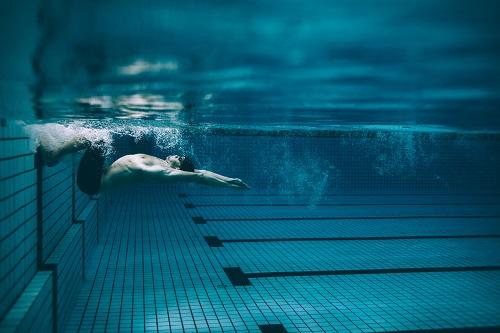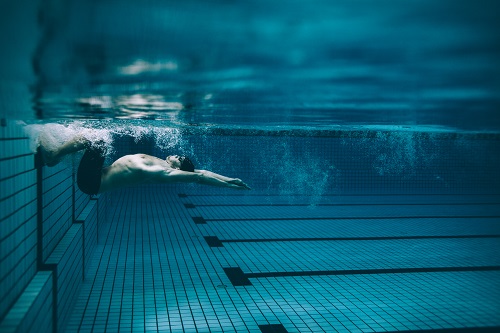

In California, which as 2020 ended was setting new single-day records for the number of COVID-19 cases reported, indoor and outdoor swim lessons and other “drowning prevention classes” were deemed essential services. As Swimming World reported, “[o]utdoor swimming pools are allowed to be open throughout the state, with indoor pools to be closed in counties with the highest prevalence of cases (designated as ‘widespread’ or ‘substantial’). Water parks of all sorts are to remained closed.”
The California Department of Public Health (CDPH), however, specifies that “[d]rowning prevention classes, including swim lessons with certified instructors, are permitted in indoor and outdoor swimming pools in all tiers, as they are deemed essential.”
“As we wrk together to reduce the spread of COVID-19, we must also continue to carry out public health activities that prevent children from dying or being permanently harmed by preventable unintentional injuries such as drowning,” the United States Swim School Association stated on its website, responding to the CDPH’s decision. “We cannot and should not ignore the importance of drowning prevention as an essential public health need and we applaud leadership atthe CDPH for recognizing this.”
In Minnesota, where the number of coronavirus cases is on the decline, Gov. Tim Walz planned to loosen restrictions on swimming pools beginning Jan. 4. In an executive order signed Dec. 16, the governor allowed pools to reopen for lap swimming, swim lessons and organized swim teams.
Similarly, swimming activities continue in other states, with at least five swim clubs in Anne Arundel County, Md., practicing while other youth sports are suspended. “We view swim as an individual sport rather than a team sport and easier to manage,” Anne Arundel County Recreation and Parks Deputy Director Jessica Leys told the Capital Gazette.
“A swimmer comes in contact with other swimmers for very short periods of time,” added Don Curtian, director of environmental health in Anne Arundel. “Even as individuals swim laps, they may pass another individual for just a brief moment as they continue through the lane.”
Indeed, swimming is emerging as one of the safer activities in a COVID-19 world. As Swimming World reported in December:
The New Jersey Swim Safety Alliance put together a study on the number of incidents and possible spread of COVID-19 in indoor pools in the state. New Jersey pools initially re-opened on July 2 and the NJSAA has been keeping track of the numbers since then from the 60 facilities that have responded for the study.
For the study, the NJSSA surveyed owners and/or managers of indoor pools in New Jersey on the incidents of COVID-19 in their facilities. … They report 327,316 people through their facilities since they re-opened. They report 0 people becoming infected in their facility.
The association suggests several reasons for this, including “strict protocols by swim facilities including swim coaches and swim instructors wearing face masks or face shields” and “strictly limiting occupancy and managing appointed swim times.”
The NJSSA also noted that swimming takes place in a warm, humid environment with chlorinated water, prompting association officials to consider whether COVID-19 droplets from swimmers are carried upward and away from other swimmers. Similarly, they speculate, droplets that fall into the water might be neutralized or destroyed by the chlorine. Swimmers also “vigorously” exhale with their face in the water, preventing the spread of droplets.
However, SwimSwam.com noted that “there are weaknesses in the NJSSA’s methodology. The responses come self-reported by pool managers and owners, who have a vested interest in not sharing information [about] any spread within their facilities, which could have quelled responses from any facilities that did have evidence of spreading. There is also no information in the response about what, if any, contact tracing was done on those users of facilities that did test positive in an attempt to determine where that infection may have come from.”
“We certainly don’t maintain that it is a scientific study,” Chuck Warner, a long-time swim coach and a leader of the NJSAA, told the website while acknowledging the study’s shortcomings. “But we wanted to see how the state is doing.”
Like swim coaches in New Jersey, coaches in other communities, including Anne Arundel County, report no positive cases of coronavirus among their swimmers.
“I’ve been running swim practice, indoors and outdoors since June, with not 1 positive case,” wrote a SwimSwam.com commenter. “We’ve had a few scares and tests, but fortunately none. We have been following appropriate protocols, and the 130 kids are having a blast being together.

